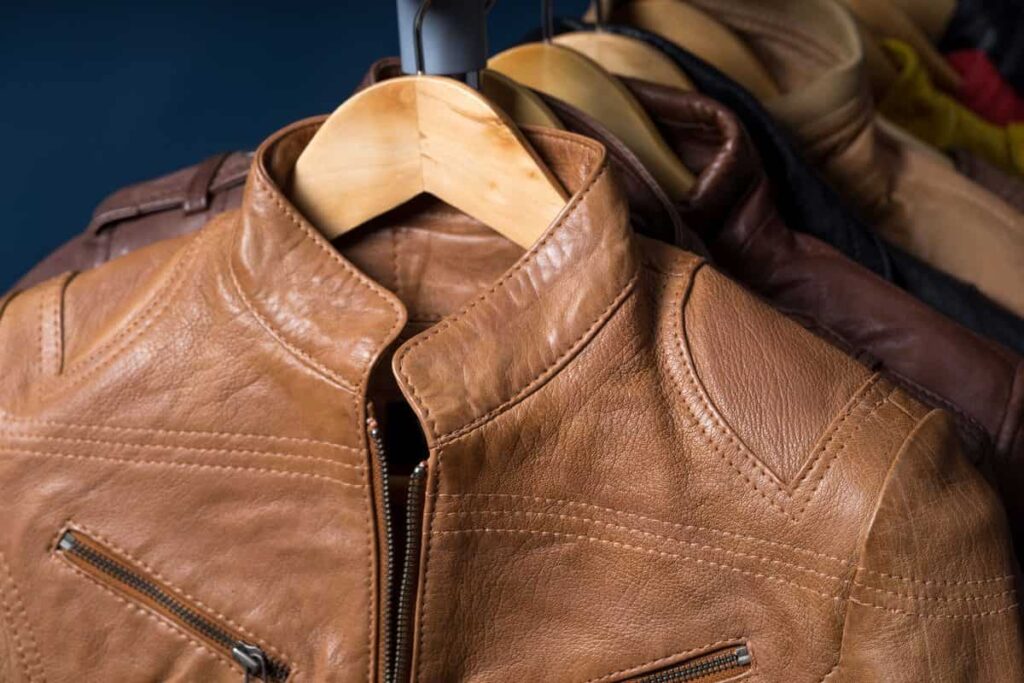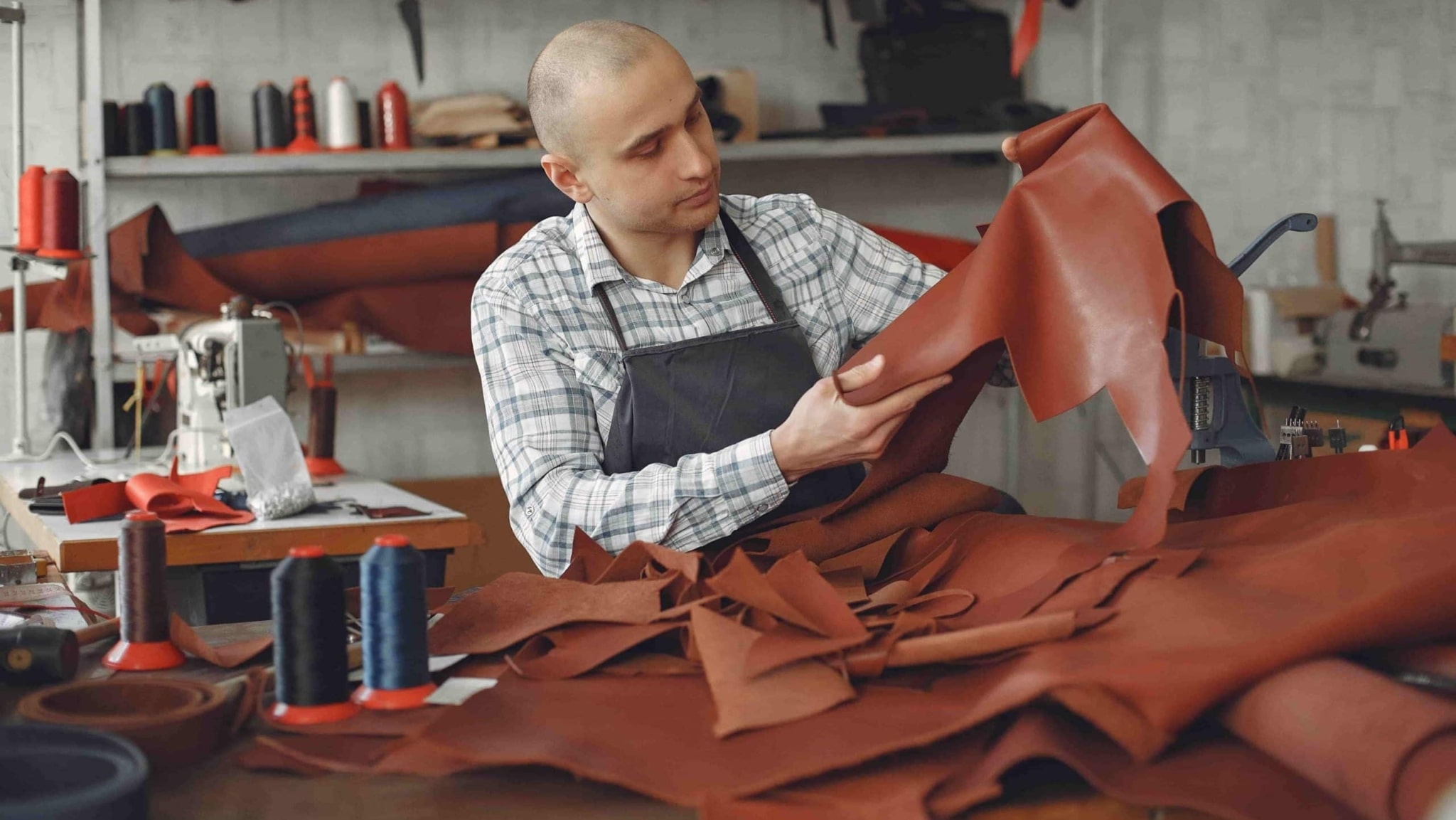Leather apparel is timeless and versatile, offering a unique mix of durability and style. Whether it’s a well-loved leather jacket, sleek pants, or a sophisticated skirt, leather garments can make a bold fashion statement. Still, like any other fabric, leather apparel may need alterations to achieve the perfect fit or to restore a worn-out piece. While altering leather can be more complex than adjusting regular fabrics, the right approach and ways can ensure your favourite leather clothes remain in top condition.
This guide will walk you through the essential ways and considerations for altering leather garments, from fitting adjustments to repairing worn edges. While some tasks may require professional assistance, understanding the process can help determine whether you can handle minor tweaks independently or when to seek expert help.

How to Alter Leather Clothing
1. Adjusting the Fit
The most common adjustments when altering the fit of leather clothes include shortening sleeves, taking in the waist, or hemming pants. To guarantee accurate alterations, start by precisely measuring the area that needs to be adjusted. Mark the spot with chalk or a tailor’s pencil, taking care not to damage the leather.
Next, temporarily bond the seams using leather glue to hold the fabric in place before stitching. However, if you’re taking in seams, you may need to remove the existing stitches carefully using a seam ripper. Once the adjustments are pinned, sew the alterations with a leather needle and heavy-duty thread. Test your stitching on a small leather scrap beforehand to guarantee it will not damage the material.
2. Shortening a Leather Garment
Shortening sleeves or ends on leather garments is one of the more straightforward alterations. After measuring and marking the asked length, use leather shears to cut the excess material. Since leather does not fray like fabric, hemming may not be necessary, but you can add a decorative sew or fold to give it a finished look. When stitching, use a leather needle and sew slowly to guarantee the needle does not slip and cause uneven stitches.
3. Leather Panel reserves
Over time, leather apparel may develop cracks or areas of wear, especially in high-stress areas like elbows or knees. Replacing damaged panels is a common revision that can extend the life of a garment. You’ll need to cut out the damaged section and sew in a new piece of leather to do this. Ensure the relief panel matches the original garment’s texture, colour, and thickness to achieve an absolute look.
4. Repairing Tears and Rips
Small tears and rips in leather clothing can frequently be repaired using leather patches or glue. Apply leather glue to the torn edges for minor damage, press them together, and allow them to dry. For larger rips, you may need to sew the tear with a leather needle, buttressing the area with a small patch on the underside of the material for redundant durability.
5. Resizing Leather Garments
Resizing leather clothing, similar to taking in a jacket or altering pants, is more complex due to the thickness and severity of the material. For larger adaptations, such as resizing a jacket to fit more around the shoulders or waist, professional backing may be demanded to guarantee the garment retains its original structure and appearance. However, do with caution and make sure to use the right tools and methods if you attempt these alterations yourself.
Contact Singh Smart Alterations!
Transform your favourite leather garments with perfection and care at Singh Smart Alterations! Whether you need a simple hem or a complete resizing, our expert team specializes in altering and repairing leather clothing. We use the finest tools and ways to guarantee your leather pieces fit perfectly and look as good as new.
Contact Singh Smart Alterations today, and let us bring your leather wardrobe back to life!
FAQs
1. Can leather clothes be altered at home?
Yes, minor alterations like hemming or shortening sleeves can be done at home with the right tools and patience. Still, for complex alterations like resizing or replacing panels, it’s recommended to seek professional help.
2. Is it difficult to sew leather by hand?
Due to its thickness and toughness, sewing leather by hand can be challenging. A thimble, leather needles, and heavy-duty thread can help, but a sewing machine designed for leather is preferred for large systems.
3. Can you hem leather pants without sewing?
Yes, you can use leather glue to bond the hem without stitching, but sewing will give a more durable finish. Guarantee you test the glue on a small section to ensure it holds well before applying it to the hem.
4. How do I avoid damaging leather when altering it?
Always use the correct tools, similar to leather needles and heavy-duty thread, and test stitching on a scrap piece of leather first. When cutting, use sharp leather shears to avoid jagged edges.
5. Is it possible to resize a leather jacket?
Yes, leather jackets can be resized, but it’s a complex process that requires skill to maintain the garment’s structure. Professional leather tailors are frequently the best option for resizing jackets.

